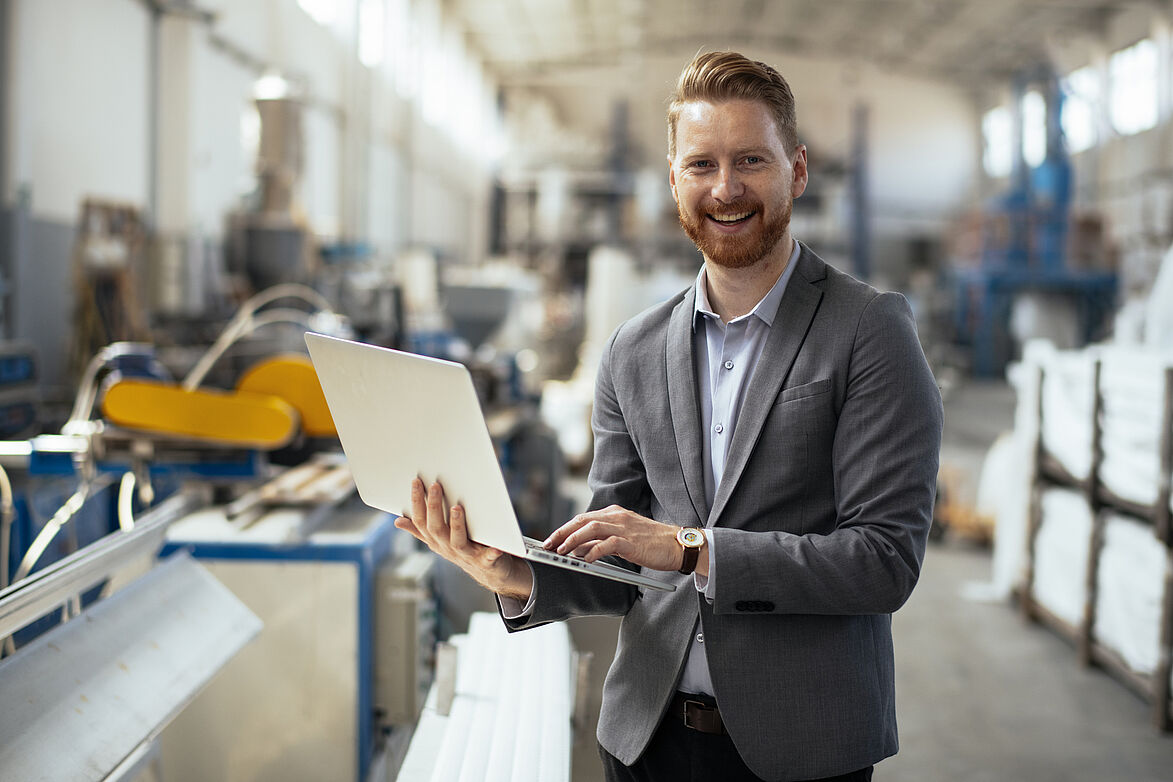Regular updates replace traditional update cycles
Outdated systems pose significant risks: security vulnerabilities, inefficient processes and missing functions such as real-time analysis or automation are just a few of them. Functional as well as technological updates are therefore essential. In the past, however, companies were required to carry out extensive planning to update their systems, especially for major updates. This included taking into account intensive test phases as well as the possibility of potential operational interruptions. As a result, updates were only implemented well after release or, in the worst case, not at all.
In a fast-paced world, companies must be able to react agilely to changes. Planning and control tools such as ERP MES systems play an important role here and create the basis for a high degree of adaptability. This makes it all the more important to be able to update central enterprise software continuously, efficiently and economically. Continuous updates (CU) are particularly suitable for this. PSI is focusing on the development of CUs in the form of rolling updates, which focus on the process of smooth transition from old to new versions in a production environment.

Rapid implementation of changes with continuous updates
Continuous updates aim to keep systems up to date while optimizing the update process to maintain the stability of the overall system and significantly minimize, if not eliminate, the risk of interruptions. As such, they stand for the regular and automated provision of software updates in small, easily testable steps. This enables companies to continuously modernize important systems without having to accept adverse effects on ongoing operations and costly downtime. This approach not only keeps IT systems secure and efficient, but also allows them to be quickly adapted to new requirements.
Advantages of continuous updates
Regular industry-specific updates
Rolling updates provide companies with targeted inbound dispatch of new functions within individual modules that meet the current requirements of their respective industry. They not only ensure operations, but also actively contribute to competitiveness. A central example of this is the progressive networking of production systems. Industry standards such as OPC UA, MQTT or MTConnect enable seamless integration, but require regular and uncomplicated updates. Another practical example is the introduction or update of communication standards. By defining guidelines, they create a common language for processes. These standards significantly improve and simplify interoperability between systems and companies, while minimizing the necessary integration costs.
Adoption of new production methods and forms of organization
The same applies to the development and introduction of new production methods or forms of organization. These also require flexible adaptation options for the software involved. Workflow-based systems offer clear advantages here: instead of complex programming, changes can be implemented declaratively, enabling companies to adapt their processes quickly and independently to new circumstances. At the same time, workflows stabilize critical business processes and minimize the impact of changes on operations.
Access to technological innovations
In addition to new functions, continuous updates also give companies continuous access to technological innovations. The benefits are well known: modern technologies increase the performance of systems and thus of business processes, making them more secure, stable and precise. These can include AI building blocks, such as improved algorithms for production planning and control, for automating processes or for integrating machines and third-party systems.
Inbound dispatch
With the increasing networking of systems, the importance of modern security solutions is growing. Cloud-based security approaches such as endpoint security and zero-trust models are considered to be optimal additions to ERP systems. They provide companies with comprehensive protection against current threats and can be continuously updated.
Suitable for standard and customized solutions
Continuous updates not only offer significant advantages to companies that work with standard software. User companies with customized system adaptations can also use this method. They can test critical updates in test environments under controlled conditions before they are transferred to live operation. This guarantees stability and security, especially for business-critical processes.




